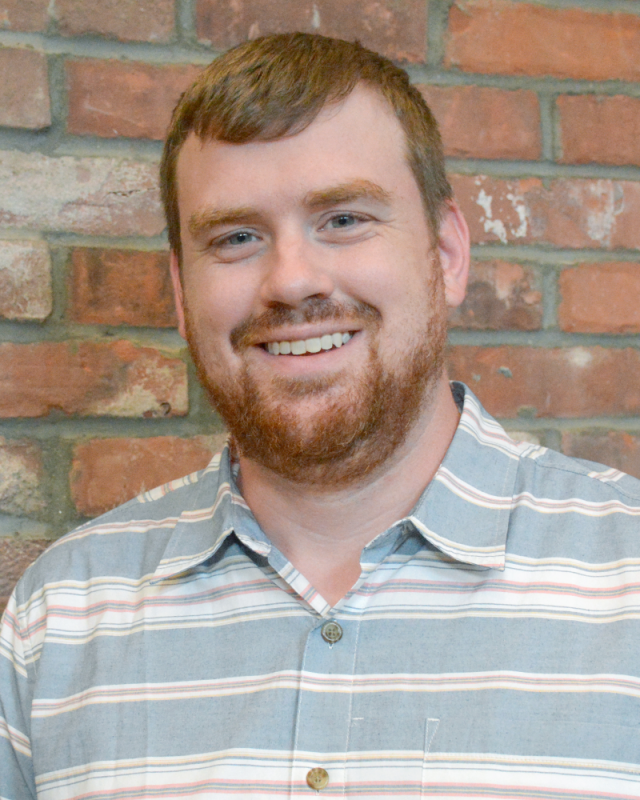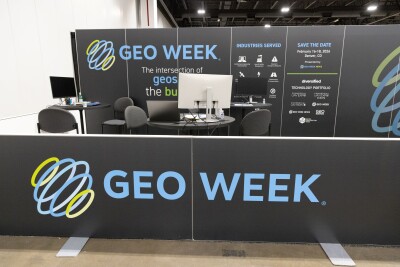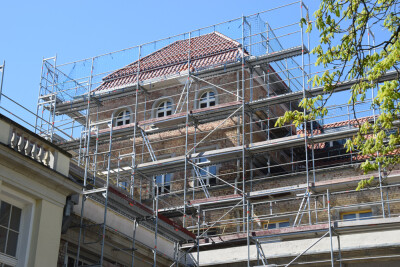Every week, we highlight stories from friends around the internet that put a spotlight on the latest in the 3D technology industry. These stories can take many different forms, whether they be about a new innovation or workflow, an interesting and/or unique use case for 3D technology, or a higher-level look at the state of the sector. Today, we look at a scanning project by conservators in Ukraine, the reality capture industry as a whole, and digital twins’ benefits for engineers.
Find links to the full articles below.
Conservators scan Ukraine’s wooden churches to help preserve them
Emily Johnson & Lydia Tomkiw | The World
We talk often about one of the vital growing uses for 3D scanners being heritage conservation, creating accurate digital records of culturally important structures around the world. Right now, that is of even more importance in Ukraine where buildings are continually being lost amid the ongoing war with Russia. This story covers a group of conservators and students doing just that, telling the story of how they are completing this work, and why it’s of vital importance to them.
Reality Capture Insights from Leica Geosystems
Dawn Zoldi | AUVSI
Reality capture is now a sub-industry that everyone in the surveying and mapping space is aware of and is following, but it changes so quickly that it can be hard to keep up with the latest trends. This article takes the form of an interview Zoldi conducts with Michael Harvey, a senior product manager for reality capture with Leica Geosystems, in which they talk about the company’s foray into reality capture and what these kinds of tools provide for professionals.
How digital twins achieve deeper engineering insights
Mitie
Digital twins are becoming a more common tool across many industries, and that means different professionals need to learn the value of this technology and how to make the most out of it. That, of course, includes engineers, who are no strangers to learning new technologies. This article serves as an education for engineers, discussing how those in the field can make the most out of the technology for their work.






